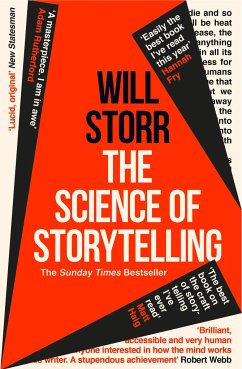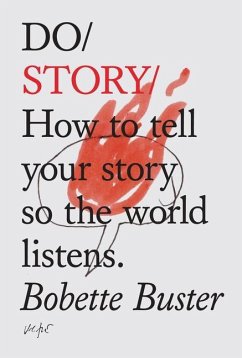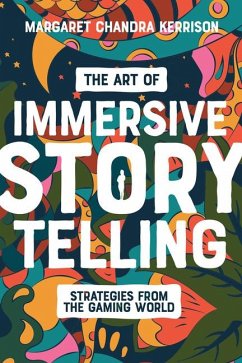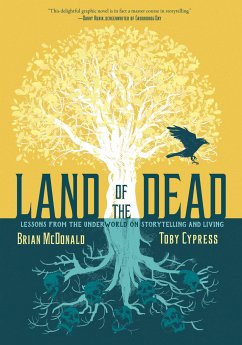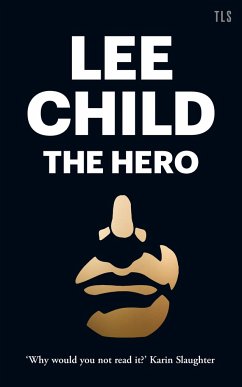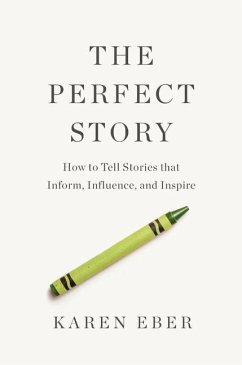
27 Essential Principles of Story

PAYBACK Punkte
12 °P sammeln!
A modern and actionable guide to the fundamentals of writing compelling, well-crafted, authentic stories in any medium, with lessons illustrated by novels, plays, films, music, video games, and TV, and writers from Shakespeare and Dostoevsky to Quentin Tarantino and Eminem.








